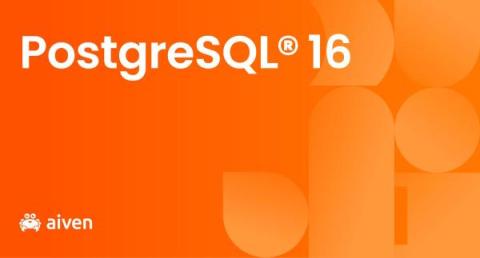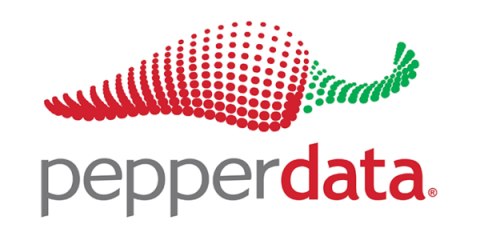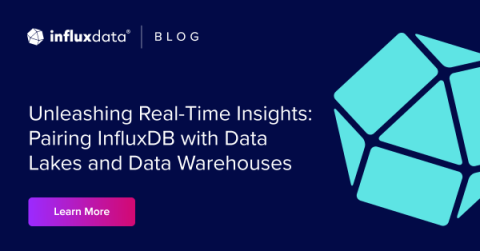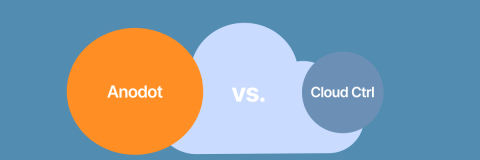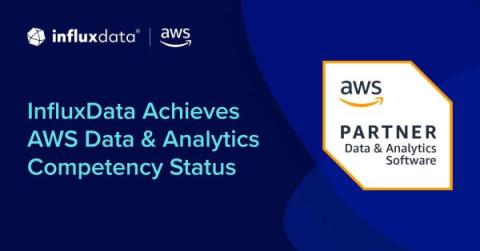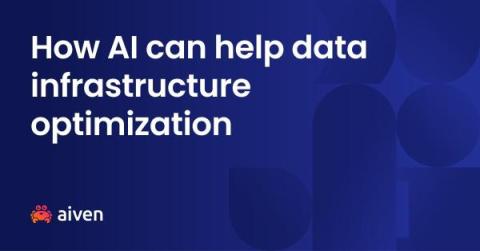Operations | Monitoring | ITSM | DevOps | Cloud
Analytics
A Quick Guide to Get You Started with Spark on Kubernetes (K8s)
Unleashing Real-Time Insights: Pairing InfluxDB with Data Lakes and Data Warehouses
Imagine a bustling city with millions of people going about their daily lives. Now, picture a network of interconnected roads, each representing a data point, capturing the pulse of the city in real-time. This is the essence of data lakes and data warehouses, where vast amounts of information flow in and out, shaping the decisions that drive businesses forward. However, to harness the power of these architectures, real-time analytics is essential.
Make Moves Without Making Your Data Move
How much of the data you collect is actually getting analyzed? Most organizations are focused on trying not to drown in the seas of data generated daily. A small subset gets analyzed, but the rest usually gets dumped into a bucket or blob storage. “Oh, we’ll get back to it,” thinks every well-intentioned analyst as they watch data streams get sent away, never to be seen again.
What MSPs Need to Know About Our Partner Program
MSPs using CloudHealth are in for an abrupt start to 2024. VMware, which acquired CloudHealth, is ending its partner programs. Instead, they’re rolling out the exclusive Partner Program, starting from February 5, 2024. The switch will impact solution providers, resellers, and cloud services partners. With this new selective partner program, MSPs face fresh challenges in meeting the latest standards.
Anodot vs. Cloud Ctrl Cost: Which is better for Cloud FinOps capabilities?
Security Has a Big Data Problem, and an Even Bigger People Problem
Got cybersecurity problems? Well, the good news is the same as the bad news — you’re not alone. The world of security has a big data problem and an even bigger people problem. Enterprise connectivity has drastically increased in the last decade, meaning every employee, contractor, and vendor has some level of access to corporate networks. To support this growth, companies monitor exponentially increasing infrastructure and traffic, producing a steadily rising volume of data.
InfluxData Achieves AWS Data and Competency Status
InfluxDB, the leading time series database, and AWS, the leading web services vendor, have a long-standing partnership. InfluxDB has been available as a SaaS product on AWS for many years. And as InfluxDB has grown and matured, most notably with the release of InfluxDB 3.0 this year, so has our partnership with AWS. That’s why we’re excited to announce that InfluxData achieved AWS Data and Analytics Competency status in the Data Analytics Platforms and NoSQL/New SQL categories.


